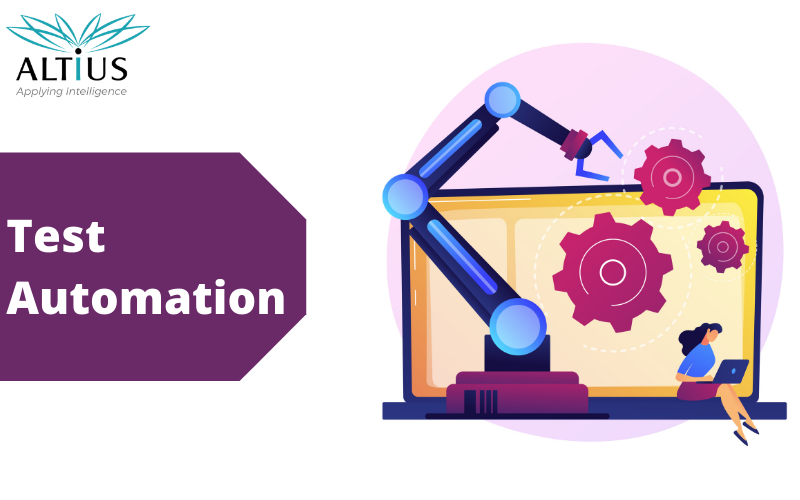
In the world of software there are two ways of testing – Manual and Automation. Generally, a lot of testing can be done manually. Some manual testing is like discovery testing, usability testing, regression testing, functional testing, and so on. However, when the testing has to be repeated multiple times, then manual testing is shifted to automation. Needless to say, automation testing saves time and efforts.
Test automation can be defined as the process of running the test automatically, managing test data, and utilizing results to improve the software quality. Testing is a quality assurance (QA) method. This ensures that the software data is tested regularly to achieve improved results every time. The entire software production team from business analysts to developers are involved in the process of software testing.
Each time an error occurs while testing, it is the duty of the developer to rectify the error and retest the software. This way every time a new version of the software is released. To ensure that the newer version of the software does not hamper the original work features, continuous testing has to be carried out. Testing is a cyclic process meant to improvise software quality. In this continuous process, in order to not miss out on any bugs or errors automation testing is preferred over manual testing.
However, there are some critical points that one must keep in mind while transitioning from manual to automated testing. Here are some tips to get started with test automation.
Tips to get started with test automation
- Not all tests can be automated. Even the tests that can be tested automatically, need manual handling at times. This means test automation cannot be done 100%.
- Set realistic goals. Writing smaller test cases can provide better test coverage.
- Test cases must be labeled well so that teams have the clarity of what needs to be automated.
- Automation can help to explore newer areas of the application.
- The scope of automation can be decided during the ideation process.
- Select the right tools for automation. This depends on the nature of the software (for example, web-based or mobile-based), the experience of the programmer, and whether the available automation tools are open source or not.
While transitioning from manual to automated testing one must be able to answer two questions:
1. What to automate?
2. How to automate?
While answering the first question, one must figure out the type of testing ranging from regression tests, smoke tests, and so on; and whether the software has a technical or business objective. Next comes answering the second question. This includes factors like the testing process, understanding the pros and cons of manual and automation testing, and determining the end-user preferences using the power of analytics. Having the clarity of the above-mentioned aspects helps automation testing cover the right interfaces and optimizes the performance of the software on the right user platforms.
Automation testing is of great help for software developers. By moving to automation testing, the ever-reducing deadlines of software releases can be met. In order to achieve better quality software versions, one must be able to create a balance between automation testing and manual testing.

